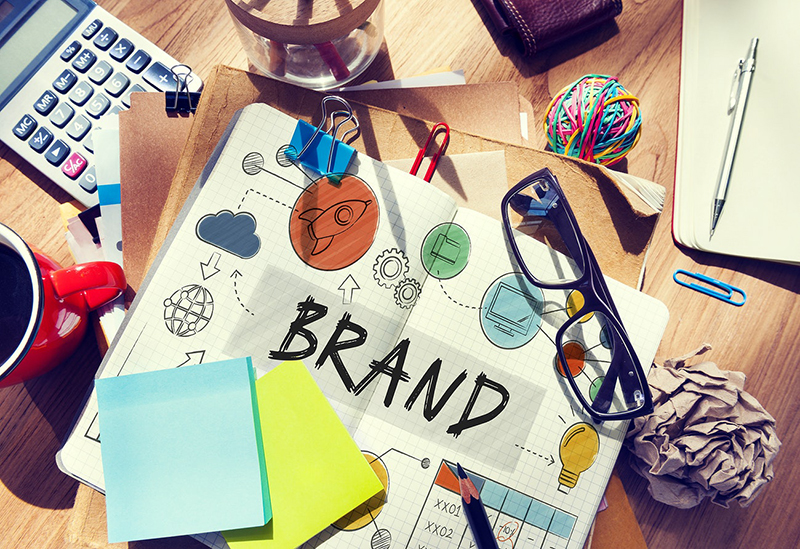
One way for people to recognize your brand is through your logo. This helps your brand be remembered by your target audience. You may think logo designing is a simple thing to do, but as a business owner, you have to take note of your legal rights. Do you need to copyright it?
It’s essential to know the difference between copyright and trademark. Copyright automatically ensures original works of authorship are safe, including artistic designs, as soon as they are created and expressed in a tangible form. This implies that your logo is probably protected by copyright even if it hasn’t been formally registered. However, while copyright protects the artistic aspects, it doesn’t prevent others from using a similar logo in a different context.
On the other hand, a trademark specifically protects brand names and logos used in commerce. By registering your logo as a trademark, you gain exclusive rights to its use in connection with your products or services, which can be important if you want to prevent competitors or other brands from using a similar logo.
The Benefits of Copyrighting Your Logo
While copyright protection is automatic, registering your logo offers several advantages. For starters, it provides a public record of your ownership, making it easier to defend your rights in case of infringement. Having a registered trademark can also enhance the credibility of your brand, as it shows you take your intellectual property seriously.
In legal disputes, registered trademarks can provide stronger grounds for enforcing your rights. You may be able to claim damages more easily if someone infringes on your trademark, making it a wise investment for any business.
Neglecting to protect your logo can expose you to various risks. Without copyright or trademark registration, you may struggle to defend your brand if another business uses a similar logo. This can confuse consumers and dilute your brand identity, potentially harming your reputation and sales. If your logo isn’t registered, you may have limited options if you discover someone using a similar design. You could face the loss of potential customers and the expenses associated with rebranding, which can be costly and time-consuming.
To protect your logo effectively, here are some tips:
1. Create an original design. Make sure that your logo is unique and does not infringe on existing copyrights or trademarks. Avoid using free elements from icon sights as it may cost you more. Consider hiring a graphic designer who will help you produce an original logo made from scratch.
2. Document your process. If you’re the one to design your logo, keep records of your design process, including sketches and drafts, to establish ownership.
3. Consider registering as a trademark. Consult with an intellectual property attorney to assess whether registering your logo as a trademark is suitable for your business.
4. Monitor for infringement. Regularly check for unauthorized use of your logo and be prepared to take action if necessary.
Copyright automatically protects your logo, but registering it as a trademark offers enhanced security and peace of mind. Investing in the protection of your logo is essential for building a strong brand identity and avoiding potential conflicts. Take the necessary steps to ensure your logo is adequately protected so that you can focus on the more important aspects of your business.
You may also like: 5 Reasons Logo Design is Important to Businesses
Image source: Depositphotos.com



